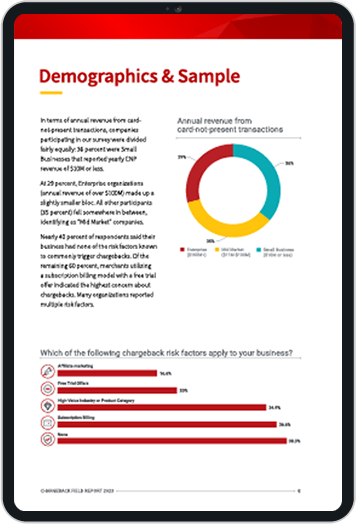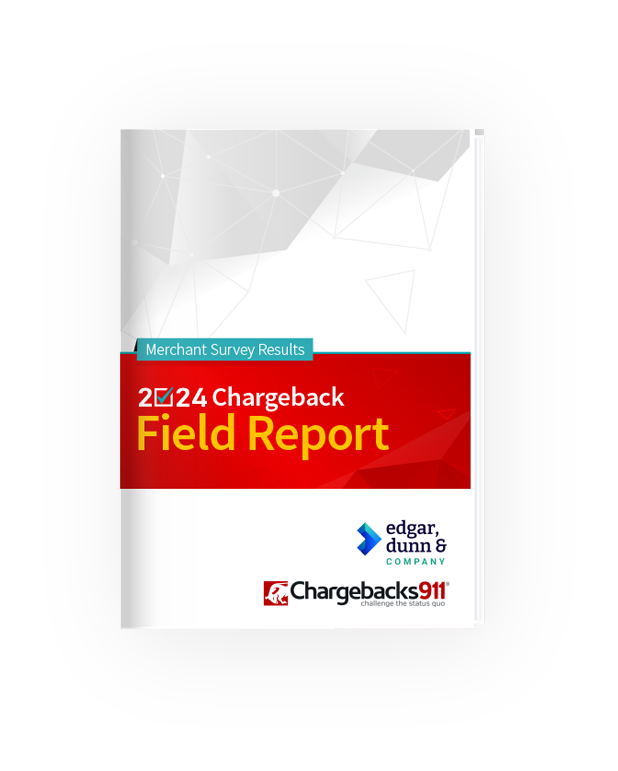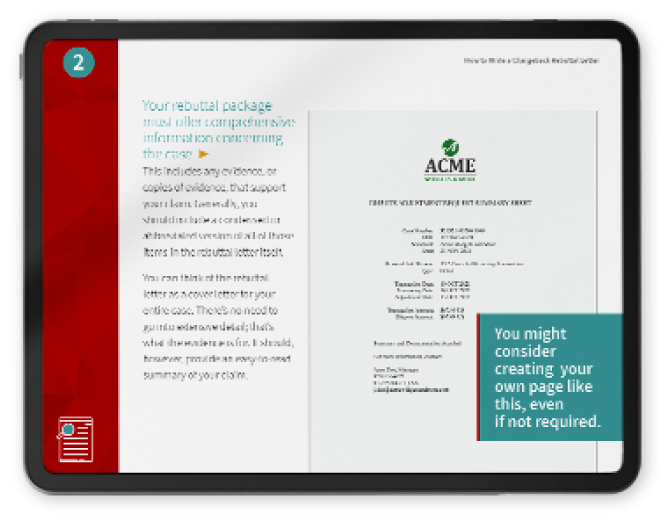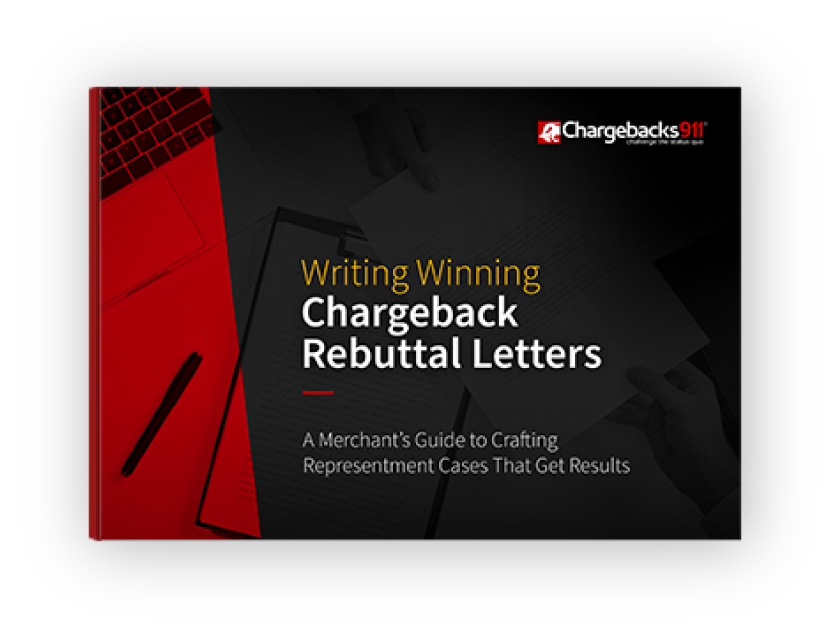The 10 "Must-Have" Fraud Detection Tools & Best Fraud Prevention Solutions
Here’s a startling statistic: according to the Merchant Risk Council, the amount merchants spend to tackle online fraud increased five-fold between 2019 and 2021. In 2019, eCommerce merchants spent an average of 2% of their annual revenue on fraud prevention. By 2021, that share had grown to 10%.
Given the scope of the problem, how can you tell if you’re getting the most out of your fraud prevention efforts? What fraud prevention best practices should you have in place? And, what fraud prevention solutions and tools can you deploy to protect your business?
As a merchant, these are a few of the questions that can keep you up at night. Not to worry, though: in this article, we’ll answer them all.
Today, we’re looking at the top ten tools you need to have in your fraud detection toolbox. We’ll also rundown some of the top service providers to consider, and talk about the most effective way to deploy a dynamic strategy for online fraud detection.
Recommended reading
- Top 20 Fraud Red Flags All Merchants Should Know in 2025
- What is Mastercard SecureCode? Here’s How it Works
- ECI Indicators: How to Understand 3DS Response Codes
- How to Detect Fraud: Top 20 Tips to Stop eCommerce Scams
- Reverse Email Lookup: Tips, Tools & How to Detect Fraud
- Transaction Monitoring Software: A Must-Have Fraud Deterrent
Top 10 Tools for Fraud Detection
Remember: a fraud prevention strategy is only as good as the tools you employ to get the job done.
Fraud threats are constantly evolving and changing. Rising to meet these dynamic challenges means having multiple tools in place, all working in tandem. Think about it like a net; the finer the mesh, the more you’ll catch.
Criminals targeting your business will have their work cut out for them if you have the right fraud detection software, hardware, and monitoring tools in place. So, with that in mind, here’s our list of top ten fraud tools you need to deploy in 2022:
How AI is Transforming Fraud Detection
Traditional fraud detection methods relied on broad frameworks and internal controls to prevent and detect fraud.
Even today, these methods remain effective. In their 2024 annual report, the Association of Certified Fraud Examiners (ACFE) revealed that the most common way that occupational fraud was initially detected was through a whistleblower tip (in 43% of fraud cases), followed by internal audit (14%), management review (13%), document examination (6%), and account reconciliation (5%).
One challenge in fraud detection, however, is that internal controls and the activities that they govern must be continually monitored after they’re established. Manual processes are effective at establishing frameworks, but fall short at evaluating the large amounts of data required for successful monitoring.
So what’s the solution?
Automated rules-based systems and data monitoring tools show substantial promise. These systems use artificial intelligence and machine learning techniques to constantly monitor large data streams for outliers, anomalies, or suspicious patterns. In doing so, they’re transforming the ongoing fraud detection process by lowering costs and improving anti-fraud response times.
The report shows that automated fraud detection tools uncovered unauthorized activity faster than any other method recorded in the survey. Whistleblower tips, the most common fraud detection method, only uncovered fraud 12 months after it had first occurred, on average. Shortening the timeline between when fraud is first attempted and when it’s discovered can help organizations prevent substantial losses and recover more lost revenue.
Questions to Ask Before Choosing a Service Provider
Who you choose as a partner is important. The fraud detection platform you choose will serve as the base of your entire mitigation strategy. Any detection and revenue recovery tools you want to incorporate must be compatible with your platform as part of a comprehensive, multilayer solution.
It can be a challenge determining which fraud platform is right for you. Some service providers make incredible claims…but offer little proof of their effectiveness. So, when comparing options for service providers, start by asking yourself a few key questions:
- Can the technology be set up and deployed quickly?
- Can the tools be adapted to meet the specific needs of your business?
- How comprehensive is the data on which the solution provider relies?
- Can you track its effectiveness with key performance indicators (KPIs)?
- Can the service provider deliver observable, contextualized results?
- How do the service providers' prices compare to competitors?
- What kind of ROI can they deliver?
- What track record does it have at detecting fraud for other clients?
- How likely are you to experience the outcome you’re looking for?
Some Top Fraud Prevention Service Providers for 2025
So, which fraud solution providers will pass the test? We’ve taken the liberty of pulling together some of the top names in criminal fraud mitigation to help start your search.
Ratings and reviews were averaged based on real customer reviews from sources including G2, TrustRadius, Software Suggest, and Gartner. The “pros” and “cons” we mention are also paraphrased directly from real, firsthand customer reviews. Providers are listed in alphabetical order:
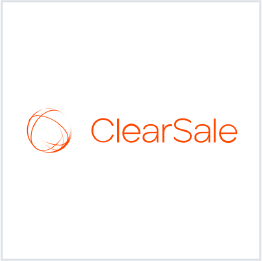
ClearSale
ClearSale is a fraud and chargeback management tool that uses machine learning techniques to approve orders and detect suspicious transactions. ClearSale’s software solution is used by more than 6,000 eCommerce merchants worldwide, and the company offers a $0 chargeback liability guarantee to its SMB customers.
ClearSale offers integrations with many major eCommerce platforms, including Shopify, WooCommerce, Salesforce, Punchmark, BigCommerce, and others. The company complements its SaaS solution with implementation, customization, and anti-fraud consulting services
Pros:
- Flexible pricing models based on performance or KPIs
- Excellent customer support and onboarding process, backed by a 30-day satisfaction guarantee
- Simple and easy-to-understand dashboard
Cons:
- Customers may experience slow order processing
- Chargeback refunds may take a month or longer to process
- Integrations may require occasional tweaks to maintain functionality
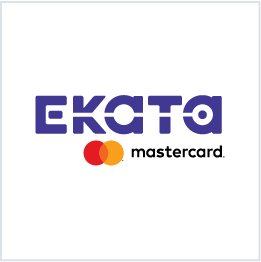
Ekata
Ekata is an identity verification, data validation, and data enrichment provider that is used by more than 2,000 companies around the world. Acquired by payment network Mastercard in June 2021, the company’s solutions help companies combat transaction fraud and mitigate chargebacks.
At the core of Ekata’s platform is its Identity Network, a solution that combines insights from Mastercard Identity with more than a billion behavioral and device data points to create an identity graph of customer profiles. These profiles help Ekata’s customers conduct deeper fraud risk assessments and perform more thorough customer due diligence.
Pros:
- Integrated with Mastercard’s other offerings
- Tailored for financial services firms with KYC/AML obligations
- Exceptional customer identity verification and fraud review capabilities
Cons:
- Expensive and intended for enterprise customers
- Risk scores may not be accurate and may be based off incomplete data profiles
- User interface may be difficult to use
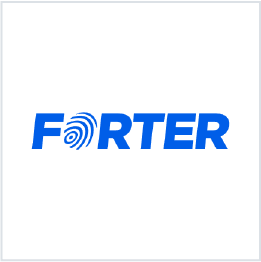
Forter
Forter protects over $50 billion in transactions per year for more than 200,000 eCommerce stores across the world. The company’s platform offers a suite of solutions, including fraud prevention and management, chargeback recovery, abuse prevention, payment optimization, and identity prevention.
The company’s solutions, which can deliver 99% of fraud decisions in under 400 milliseconds, have the potential to reduce chargeback rates by 72% and false declines by 46%.
Pros:
- Automated fraud detection process with manual reviews when necessary
- 100% chargeback coverage for approved purchases
- Developer-friendly API for integration
Cons:
- Limited customization for niches where fraud patterns can be different
- Initial setup can be time-consuming
- Unclear reasons for customer card declines
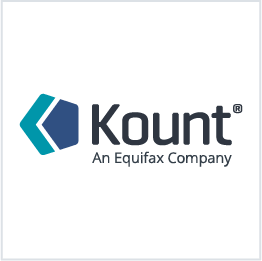
Kount
Founded in 2007 and acquired by Equifax in 2021, Kount is an AI and machine learning-enabled platform that allows businesses to improve the trust and safety of their offerings. The company collects data from more than 20,000 brands in 250 geographical locations across the world to help customers conduct due diligence, detect fraud, and manage chargebacks
The company’s platform offers payments fraud protection, identity management, and compliance solutions for eCommerce merchants, restaurants, healthcare providers, streaming services, rental car companies, and businesses in other verticals.
Pros:
- Fully-customizable and reviewable fraud decisioning rules
- Dedicated account manager and excellent customer service
- User-friendly interface that’s easy to use
Cons:
- Pricing is not publicly available
- Reports of frequent price increases, especially post-Equifax acquisition
- No chargeback reimbursement guarantee for approved transactions
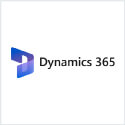
Microsoft Dynamics 365
Microsoft Dynamics 365 is an enterprise resource planning software suite that combines sales, marketing, finance, and operations tools into a single platform. Among its modules is Fraud Protection, an AI-enabled solution that helps eCommerce merchants analyze connected data streams for malicious activity in real-time.
Microsoft Dynamics 365 Fraud Protection can safeguard merchants from a wide range of illicit activities, including account takeover fraud, refund fraud, fake product reviews, reseller fraud, payment fraud, and free trial abuse.
Pros:
- Seamless integration with other Microsoft products, both inside and outside of Dynamics
- Available as both a cloud and an on-premises offering
- Uses adaptive AI technology that improves over time
Cons:
- Complex setup and onboarding process
- No free trial
- Expensive and intended exclusively for enterprise customers
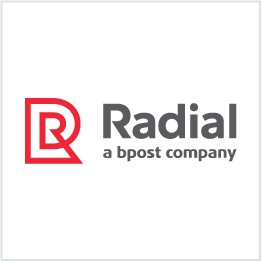
Radial
Radial is a fraud protection and order fulfillment provider that’s tailored for the eCommerce industry. Radial Fraud Zero, the company’s main anti-fraud service, is a fully-outsourced fraud management solution that protects merchants from unauthorized purchases and lowers chargeback risks.
The company’s offering is backed by a $0 liability guarantee for chargebacks arising from approved orders.
Pros:
- Fully-managed, end-to-end fraud protection solution
- Tailor-made for eCommerce providers
- Can be integrated with other services, like order fulfillment and payment processing
Cons:
- Opaque pricing structure
- User interface may be difficult to use
- Difficult to filter data for more precise insights
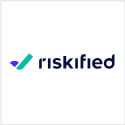
Riskified
Riskified is a fraud monitoring and decisioning platform that analyzes over 480 data attributes to reduce fraud and abuse. The solution is tailored to merchants in a variety of different verticals, including retail, luxury fashion, digital products, travel, and athletics.
The company’s real-time fraud prevention solution uses deep learning, smart linking, and decision optimization techniques trained on over 1 billion past data points to make accurate decisions for merchants at scale.
Pros:
- Optimized for compliance with the EU’s PSD2 regulation
- High true positive and low false negative rate in fraud detection
- Flexible and integrates seamlessly with other eCommerce tools
Cons:
- Steep learning curve for some new users
- Limited insight into the fraud decisioning process
- Prices are high and tend to increase often

Sift
Sift is an AI-powered trust and safety platform that helps eCommerce, fintech, and travel companies reduce account takeover, payment fraud, chargeback fraud, and policy abuse risks.
The company’s payment protection, account defense, dispute management, and content integrity solutions help businesses reduce fraud rates by an average of 2.5%.
The company’s fully-customizable platform has been awarded more than 40 patents and is compliant with the EU’s PSD2 and PSD3 regulations.
Pros:
- Tight integrations with other SaaS tools in the eCommerce industry
- Data is easy to search and provides clear summary information via a Sift Score
- Robust fraud decisioning tool that can correctly resolve edge cases
Cons:
- Initial setup process may be cumbersome
- Occasional downtime, user interface glitches, or technical errors
- Opaque risk scoring methodology
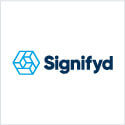
Signifyd
Signifyd is a fraud detection tool for eCommerce merchants that detects unusual activity at each stage of the conversion funnel, from account creation and initial login to checkout and refund request.
Customers who implement the solution usually see a 5% to 9% increase in revenue. And, merchants who use Signifyd are backed by the company’s 100% chargeback reimbursement guarantee. If a purchase approved by Signifyd ends up being fraudulent, the merchant is fully indemnified for the loss.
Pros:
- Platform is easy to use and understand
- Integrates seamlessly with other eCommerce tools, like Magento
- The Payments Optimization module is compliant with EU payments regulations and supports strong customer authentication (SCA)
Cons:
- Custom checkout flows are difficult to implement and require code changes
- Customer transactions that are flagged as fraudulent may take time to manually approve
- Can be expensive; not suitable for all SMBs
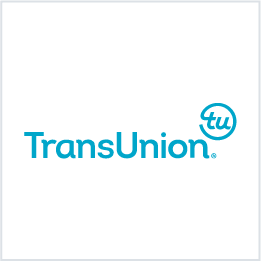
TransUnion
TransUnion is one of three consumer credit bureaus in the United States. The company maintains the credit histories of more than 500 million individuals and businesses globally, granting it access to data that can be used to combat fraud at inception.
The company’s fraud prevention, advanced analytics, investigative, customer engagement, and communications solutions equip financial services firms, healthcare companies, and public sector agencies with the tools to prevent and detect fraud.
Pros:
- Full suite of fraud prevention and detection tools for enterprise clients
- Deep insights into consumer and business via extensive credit-related data collection
- Fraud investigation capabilities for companies who need to locate individuals
Cons:
- Strictly an enterprise product; not for SMBs
- Information heavily based on past history rather than predictive insights
- Opaque pricing structure
Remember Best Practices
Using fraud detection tools is critically important. They won’t accomplish much if you don’t ensure you’re following best practices, though.
Take order rescreening, for example. Assume that a buyer makes a purchase, but later wants to modify the order by changing the shipping address. Fraudsters can use this loophole to disguise attacks or redirect legitimate purchases. Making modifications needs to be an easy process for customers, but you can’t ignore best practices.
All order modifications should be screened and evaluated for fraud. Most companies neglect this process since the order itself has already been screened. Rescreening, however, is an essential step in preventing post-transactional fraud.
Discover more fraud prevention best practicesThat’s one example, but it’s far from comprehensive. You need to take the time to deploy and manage each tool in the most effective way possible. Of course, this isn’t always easy. You may sometimes need a partner to help maximize your efforts.
Advanced Fraud Detection for Better Revenue Recovery
Adopting multiple different online fraud tools is the only way to fight back effectively. But, even with numerous fraud detection and fraud prevention tools at your service, there’s still no guarantee that you’re protected. You’ll still run up against two key limitations:
Here at Chargebacks911®, we specialize in preventing post-transactional fraud that criminal fraud tools like those listed above can’t reach. We work alongside other technologies to provide comprehensive, multilayered fraud defense. Continue below and get a free ROI analysis today.
FAQs
What is the most common fraud detection method?
The most common fraud detection method is a tip from a whistleblower, which is responsible for uncovering 43% of fraud cases. according to data from the Association of Certified Fraud Examiners’ 2024 Report to the Nations. Other common fraud detection methods include internal audits (14%) and management review (13%). Rules-based systems and predictive analytics also help in uncovering fraud.
What are the basics of fraud detection?
Fraud detection solutions rely on data mining, anomaly detection, and predictive analysis techniques to detect fraud. Fraud detection systems typically use machine learning techniques to process large amounts of data. They then flag anomalies, outliers, unusual patterns, or other red flags in the data stream as potential fraudulent activity.
What is fraud app detection software?
Fraud app detection software uses artificial intelligence and machine learning techniques to automatically analyze user activity, application information, transaction data, login information, and other forms of data. When unusual or anomalous patterns of activity within the data stream are detected, they are flagged as potential indicators of fraud.
What are some procedures to detect fraud?
Establishing robust internal controls, conducting regular risk assessments, and participating in monitoring activities can help organizations prevent and detect fraud. For example, an organization can set up an anonymous whistleblower hotline, hire auditors to perform internal and external audits, and regularly review activities to ensure compliance with established controls. Data analytics tools that aid in predictive analysis can also be deployed to detect fraud.
What are the key processes used for fraud detection?
Fraud detection initiatives should begin with an assessment and ranking of the organization’s fraud risks. Once the control environment has been determined, fraud teams should establish new and test existing internal controls to evaluate their effectiveness. Organizations can also leverage data analytics solutions to aid in ongoing fraud monitoring activities.



